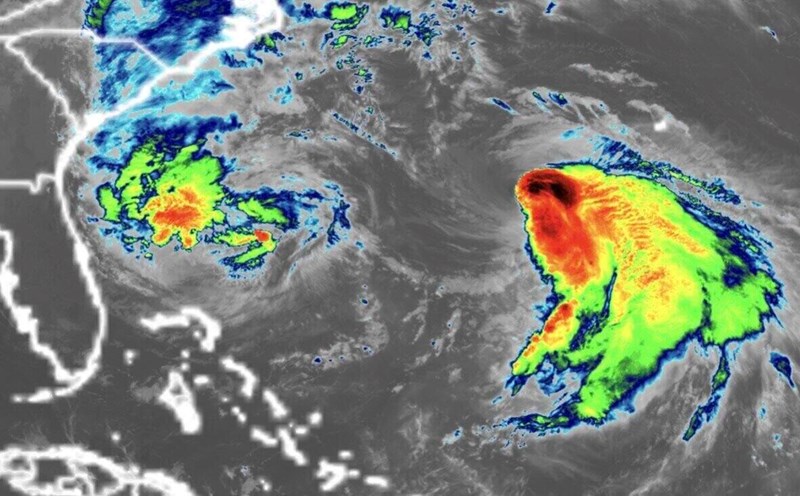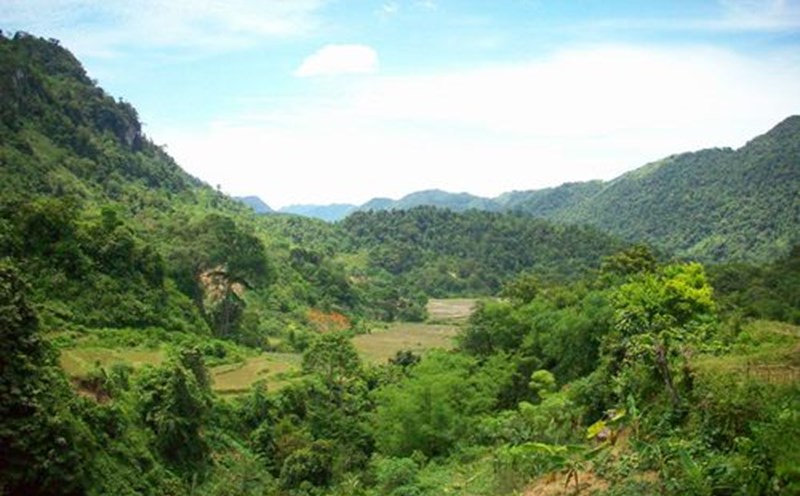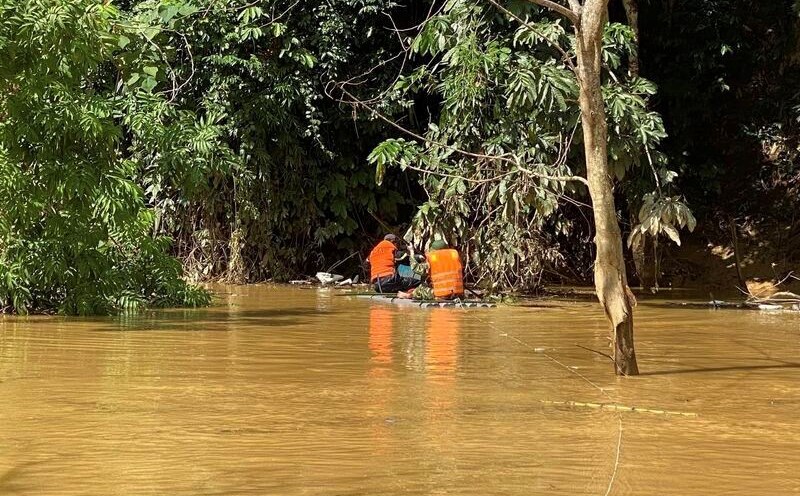The latest hurricane report from the Miami-based National Hurricane Center said on October 2 that Imelda had strengthened before sweeping Bermuda.
The center of Imelda is about 160km west-southwest of Bermuda with maximum sustained winds of 160km/h, a Category 2 hurricane. Imelda is moving east-northeast at a speed of 39 km/h.
Forecasters expect the storm to bring strong typhoon-level winds along with large waves and heavy rains that could lead to flash flooding for Bermuda as it approaches the archipelago in the next few hours.
50 to 100mm of rain is forecast across Bermuda through October 2. A dangerous high tide is also expected to cause coastal flooding in Bermuda.
The National Hurricane Center warned that the strongest winds could occur on the morning of October 2 after the center of the storm approaches Bermuda.
Bermuda has closed schools, offices and international airports since October 1, deploying 100 soldiers to protect infrastructure, clear roads and provide emergency shelters for the storm.
Imelda is the ninth named storm of the 2025 Atlantic hurricane season. The storm formed in the western Atlantic from July 28 and strengthened into a hurricane early on September 30.
Imelda is forecast to leave Bermuda on the afternoon of October 2 and weaken into a tropical depression.
Imelda formed shortly after Hurricane Humberto, which quickly accelerated to become a Category 5 hurricane in the Atlantic.
Hurricane Humberto, which moved faster than Imelda, dissipated on October 1 after passing west of Bermuda. British forecasters named the circulation of Humberto as Hamid, warning Amy would affect much of Ireland and the UK from 3 October.
Bermuda is a rich British territory with solid concrete structures that can withstand major storms.
Before approaching Bermuda, Imelda devastated eastern Cuba earlier this week, killing two people. Flooding and landslides caused by the latest Atlantic storm have also cut off residential areas and forced many to evacuate.
In addition to affecting the weather in Cuba, Imelda also caused flooding in some areas of the Bahamas on September 29, with New Providence hit the hardest. More than 10 public schools on the island and on Grand Bahama and Abaco islands will be closed until September 30.
Imelda is also the fourth storm to strengthen into a hurricane this year. The National Oceanic and Atmospheric Administration (NOAA) predicts that this year's hurricane season will be stronger than normal, with 13 to 18 named storms. Of these, there are between five and nine typhoons and two to five major storms.
The Atlantic hurricane season runs from June 1 to November 30.











